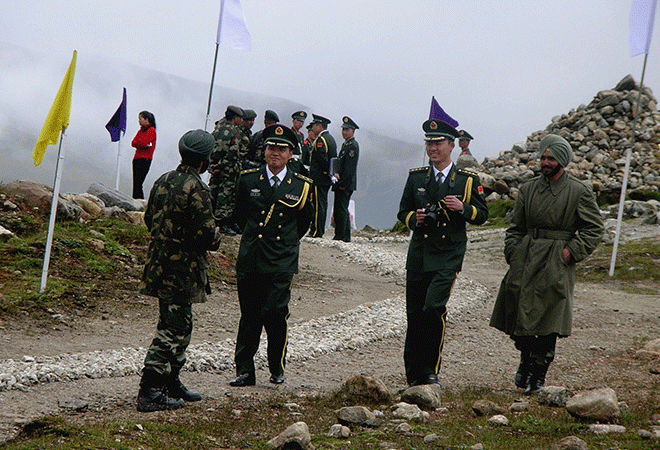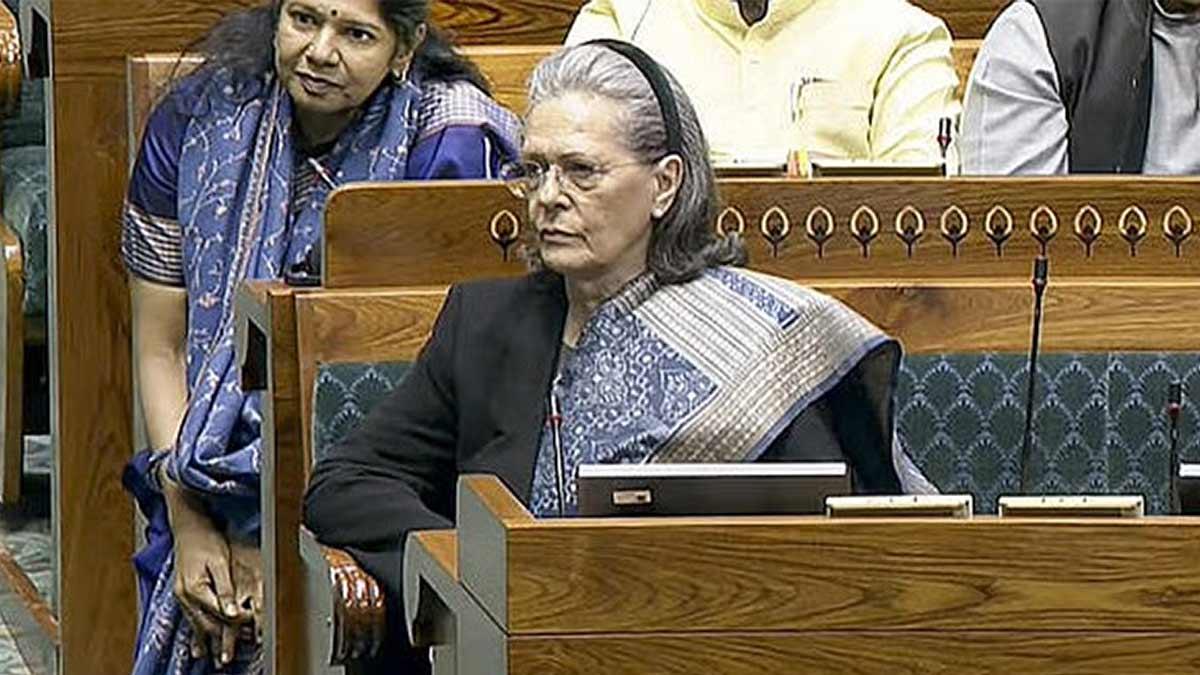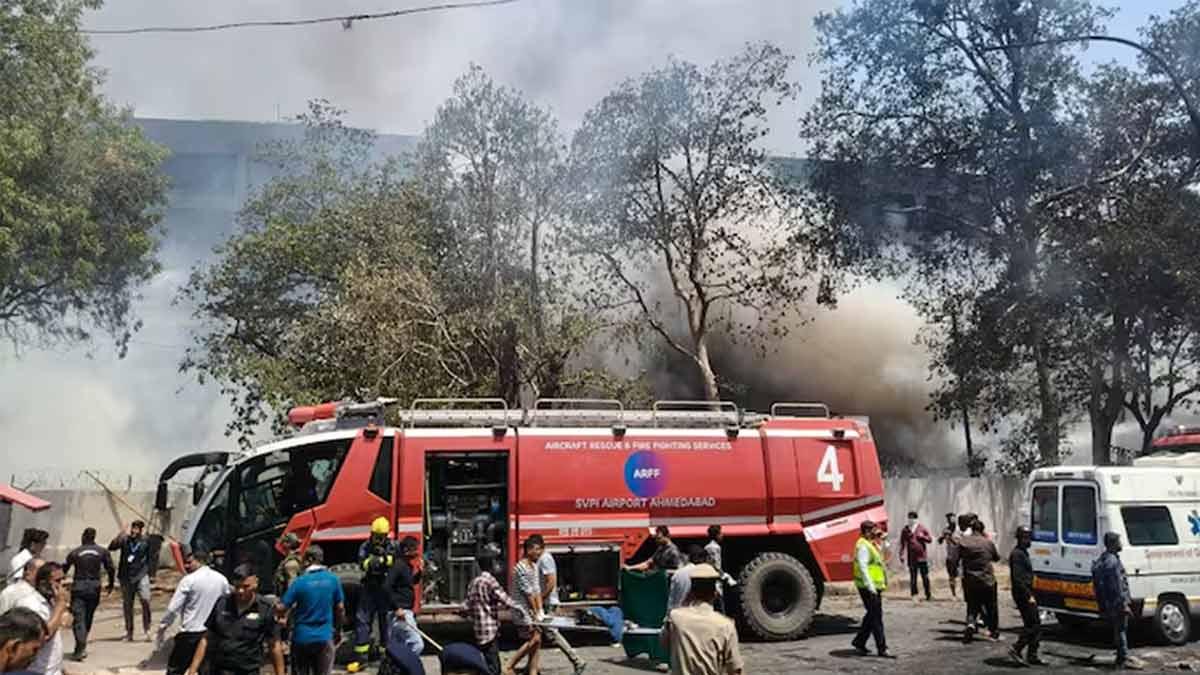China’s top legislative body recently approved the law for the “Protection and exploitation of the country’s land border areas”, which has come into effect from January 1, 2022. The law is seen as a legal assertion to the Chinese territorial claims, especially with India and Bhutan with which it has territorial disputes. Even though the law is not particularly directed towards India, political commentators believe that India is likely to face a lot of impediments with respect to standoff resolution in Ladakh’s eastern sector as well as the settlement of decades-long territorial disputes between the two countries.
Here’s how China's new border laws may affect India | Key points
1. The law for the “Protection and exploitation of the country’s land border areas”, was passed and approved in October 2021 by the Standing Committee of the National People’s Congress, the country’s top legislative body. This law came into effect from January 1, 2022. This law terms the national sovereignty and territorial integrity of the country as inviolable. The law authorises the Chinese state to undertake strict measures, economic, political or military, to resist and thwart acts of aggression which have the potential to undermine the security of the country’s land or maritime borders.
2. The law permits the state to take measures “to strengthen border defence, support economic and social development as well as opening-up in border areas, improve public services and infrastructure in such areas, encourage and support people’s life and work there, and promote coordination between border defence and social, economic development in border areas,” reports Xinhua.
Also read| From LCA to MMRCA: The incredible journey of India's Tejas fighter aircraft
3. China shares land borders with 14 countries. It has territorial disputes with most of its neighbours, including India and Bhutan. India shares 3488 kms of land border with China and a large part of this border is not clearly demarcated that leads to frequent skirmishes between the two sides. Both the countries have been involved in a ferocious stand-off especially since the brutal border clash back in June 2020 along the Line of Actual Control (LAC). With respect to Arunachal Pradesh, Chan has repeatedly referred to it as South Tibet and claims 90000 square kilometres of the state, calling it as Zangnan. China has repeatedly disputed the sanctity and legitimacy of the McMahon Line, the 890 kms border which demarcates India and Tibet.
4. China argues that the demarcation, which took place back in 1914 at the Simla Convention, was overseen by the representatives of the Republic of China (ruled by Nationalist KMT who were the arch rivals of the Communist Party). Since the CCP has wrested control of the country since 1949, all the legal instruments signed during the KMT regime stand invalid. Even so, the KMT had then objected to and refused to provide consent to the convention as it protested the presence of Tibet as an independent party.
5. Political commentators believe that such a move has several explanations. Firstly, in the wake of the Taliban takeover of Kabul, Beijing wants to ensure that there is no spill-over of such Islamist tendencies from Afghanistan and Central Asia into its western province of Xinjiang which has a Muslim-majority population, explains Shuxian Luo, a post-doctoral fellow at the Brookings Institute, in her preliminary assessment. In one of her articles, she further adds that such a move reinforces the strong-man image of President Jinping especially with the advent of 20th Party Congress this year where he would seek a third term.
6. Shuxian Luo explains that such a law also bolsters the country’s assertions vis-à-vis its territorial dispute at the negotiating table. Indian troops are yet to be allowed to access the traditional Patrolling Points (PP) in the Depsang Plains, namely PP10, PP11, PP11A, PP12 and PP13, reports the Indian Express.
7. The Law also precludes any unilateral decision to undertake construction activities on the Indian side of the border. This provision might snowball into another point of confrontation as India has been rapidly constructing roads, bridges and other facilities to improve accessibility and smoothen troop and ammunition movements in the region. Indian commentators believe that implementation of the law might be the rationale behind China’s delay in announcing the next round of border talks. The previous round, held in October 2021, conspicuously produce any joint statement. The new law will make the border dispute settlement difficult as the Chinese territorial claims will now have a legal backing from Beijing which is a direct invalidation of India’s claims. Should the negotiations in future reach a dead end again, PLA will have legal sanctions to take “actions” it deems fit. Recently on December 29, 2021, China’s Ministry of Civil Affairs released a new list of 15 places in Arunachal Pradesh which it renamed. This follows the first list released in April 2017. Such acts of irridentism (act/policy of restoring territory to a country which claims it belongs to them) is not lost on Indian government officials.
8. China has also been constructing “model villages” all along the Tibet-Arunachal Pradesh border. This is being done albeit to settle people in the area. This move has been red-flagged by several serving officials and commentators. “According to their own policy or strategy, model villages have come up near the border… for us, it is a matter of concern, how they can make dual civil and military use of these facilities and villages,” remarked Eastern Army Commander Lt Gen Manoj Pande, who is responsible for the 1,346-km LAC from Sikkim to Arunachal Pradesh.
9. Former Northern Army Commander Lt Gen D S Hooda, as quoted by the Indian Express, says that China might use the settled population on either side of the border as a political instrument in border negotiations to lay claim over the disputed territories. Former Indian ambassador to China, Gautam Bambawale has, however, downplayed concerns surrounding the new law. In the same IE report, he says the new law is nothing but a legal encapsulation of Chinese claims of territory and its actions at the border over the years. However, he adds that the new law might suggest that they are done with the diplomatic way of resolution and might undertake unilateral military actions to achieve the same.


















